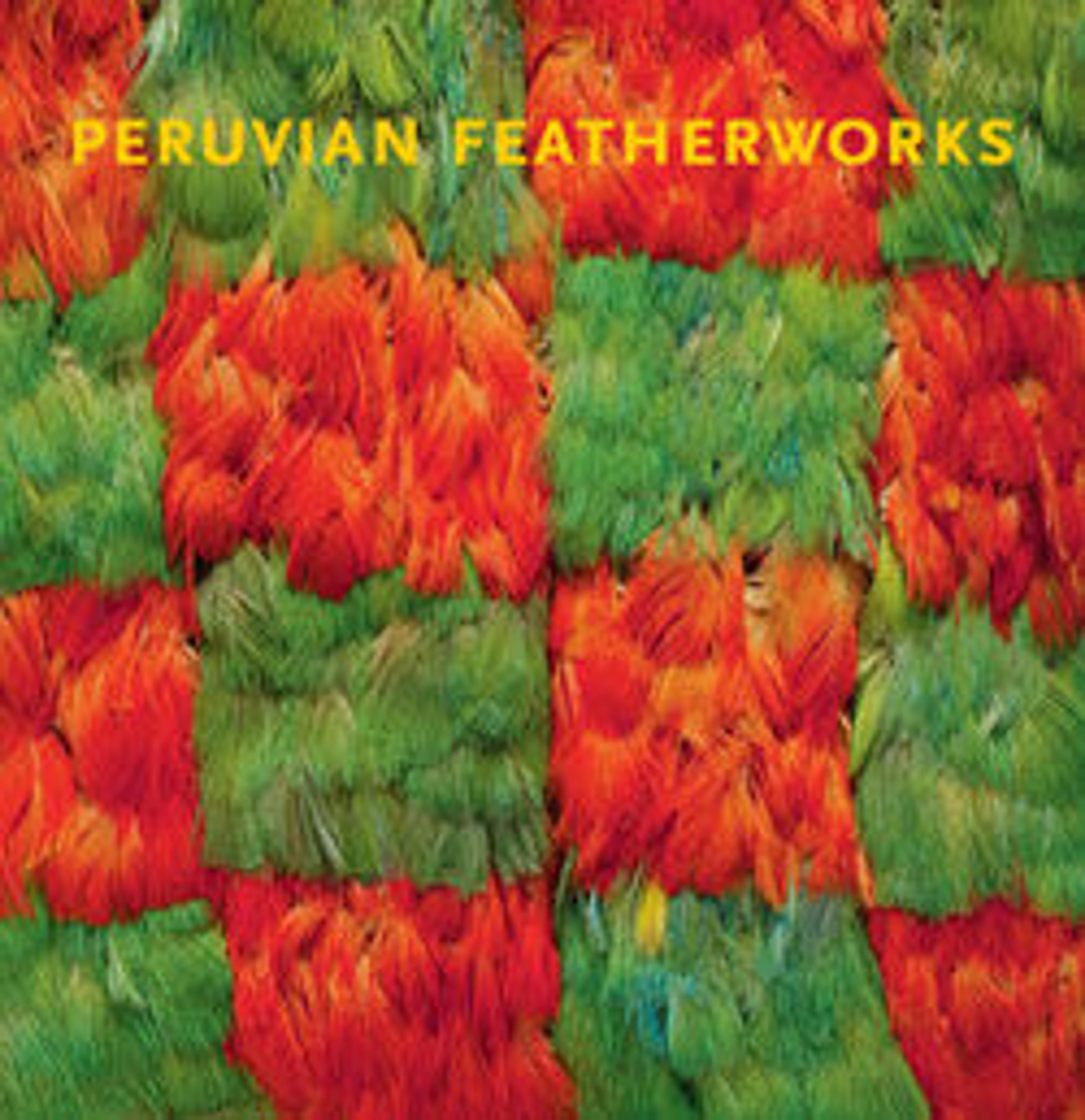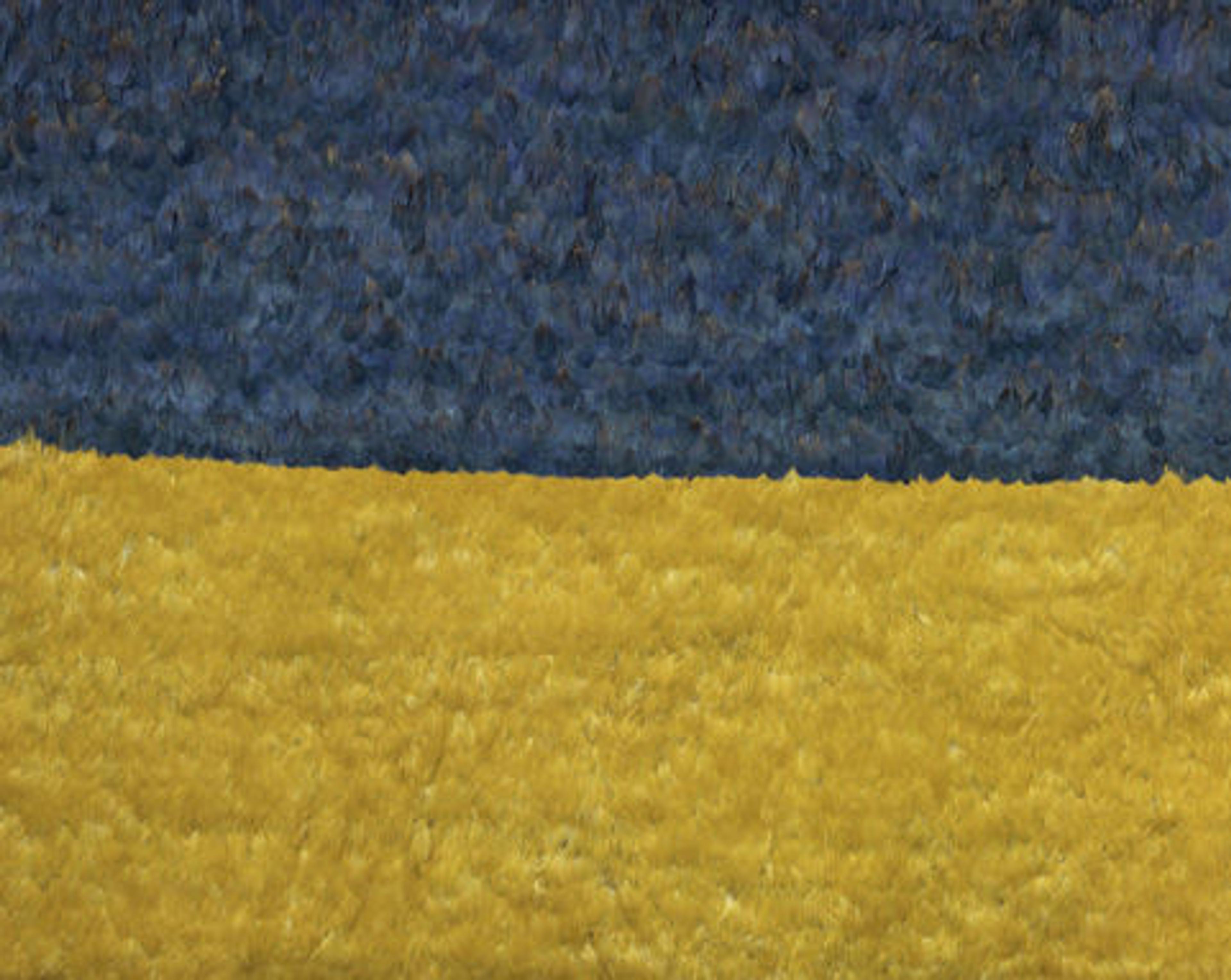
Peruvian Featherworks: Art of the Precolumbian Era
Of universal appeal and unique beauty, feathers have for thousands of years been used by people in all parts of the world to adorn themselves and to animate their environment. Among traditional societies, feathers and objects embellished with feathers also have great cultural value and are imbued with spiritual energy and supernatural force. The feather arts of ancient Peru have been little investigated.
This publication summarizes what is currently known—on the basis of iconography, technical data, and the archaeological record—about this exquisite and unusual art form. The first essay surveys significant discoveries by archaeologists and reviews the evidence of featherworking in most of the known major Andean traditions: Paracas, ca. 600–100 bce; Nasca, ca. 100 bce–700 ce; Moche, ca. 100–800; Wari, ca. 600–1000; Sicán, Chancay, Chimú, ca. 1000–1470; and Inca, 1430–1534. Five essays by noted archaeologists and textile specialists explore important documented finds. These include rare discoveries such as male and female figurines wearing miniature feather headdresses, discovered on the summit of Mount Llullaillaco, the world's highest archaeological site; and a woman shaman inside an enormous bird-shaped effigy wrapped in a brilliantly colored feather shroud, found in the Inca Valley on Peru's South Coast. An essay on featherworking techniques and conservation further elucidates the subject. The plate section features nearly seventy examples of the feather arts predominantly from important museum collections—garments, headdresses, ornaments, and ritual objects—some ravishing, others charming and witty, many previously unpublished.
Met Art in Publication
Citation
King, Heidi, and Ma Mercedes Delgado Pérez. 2012. Peruvian Featherworks: Art of the Precolumbian Era. New York : New Haven: Metropolitan Museum of Art ; Distributed by Yale University Press.
